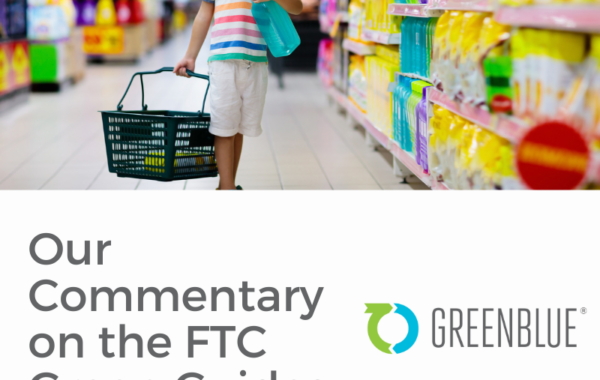October 13, 2020
Evaluating sustainability considerations and implications of e-commerce through a packaging lense
While e-commerce remains a small percentage of most companies’ overall sales, it is the fastest-growing part, growing 3 times faster than the entire U.S. retail industry. In recent months, e-commerce has become an especially relevant channel, enabling delivery of products and medicine while consumers are in quarantine due to the COVID-19 outbreak. One report shows e-commerce retail sales rose 209% during the month of April this year. This growth of e-commerce is fueled by technology, like mobile internet access and online payment options. The combination of technology and growth of e-commerce is leading to the development of many new business and delivery models. These models transform the customer shopping experience while also reshaping their experiences with packaging.
At the same time customers are using e-commerce, there is also a heightened awareness of the environmental burden of online shopping, including the impacts of packaging. E-commerce makes previously ‘invisible’ transport packaging visible to the end consumer. Household customers are now privy to all the packaging needed to protect their shipped items. If there is inefficient use of packaging, or use of non-recyclable or non-responsibly sourced packaging, this can reflect poorly on the brand and retailer. In response, many online retailers are increasing their sustainability efforts. A number of emerging startups and smaller companies are also offering innovative sustainability-driven packaging solutions.
Inefficient use of packaging can result in charges by the transport industry for unused cubic space that a shipment occupies. These chargebacks can be seen by retailers like Amazon, and fees from regulations such as those laid out in the new German Packaging Law, VerpackG.
Companies should start to familiarize themselves with e-commerce packaging sustainability considerations to better prepare themselves for a heavily increasing omnichannel changing retail marketplace. SPC’s new course, The Essentials of E-commerce Packaging, helps companies familiarize themselves with these considerations, including understanding e-commerce and how it is reshaping our relationship with packaging, and key trends and innovations occurring in e-commerce packaging that can impact businesses.
The Essentials of E-commerce Packaging is divided into four modules:
Contextualizing E-commerce
The course begins with a review of the broader e-commerce context, defining what e-commerce is and differentiating this type of retail from traditional brick and mortar retail, and how packaging moves throughout these e-commerce models. It closes by showing how e-commerce is changing the relationship between consumers and packaging, and the importance of the unboxing experience.
Supply Chain Optimization
The course then dives into supply chain optimization by taking a closer look at sustainability considerations for distribution and volumetric efficiency in e-commerce systems. This includes an overview of the widespread challenge to achieve volumetric efficiency in e-commerce packaging, as well as key design and process innovations that aim to tackle this problem.
Product Protection & Sustainability
The course then explores the crucial role that e-commerce packaging plays in product protection and damage prevention and how this relates to other sustainability considerations. The course reviews where and how damage occurs, as well as strategies to balance protection with responsible sourcing, material use, and recovery at end-of-life.
Future Innovations
Finally, The Essentials of E-commerce Packaging examines exciting future innovations in the e-commerce space related to technology, packaging, system designs, such as omnichannel packaging designs, the application of artificial intelligence to packing systems, and new consumption models that are reshaping the industry.
The Essentials of E-commerce Packaging will help learners understand the nuances of sustainable packaging in the e-commerce context, including how to balance different sustainability functions of e-commerce packaging. It introduces learners to the future innovations transforming e-commerce packaging, and the technologies that will have implications for important business strategy and decisions.
With this course, companies can navigate their sustainability journey as retail evolves to be more omnichannel. Forward-thinking companies recognize that sustainability in the e-commerce experience is no longer just a differentiator, but rather an essential element to a successful, future-fit packaging strategy.





